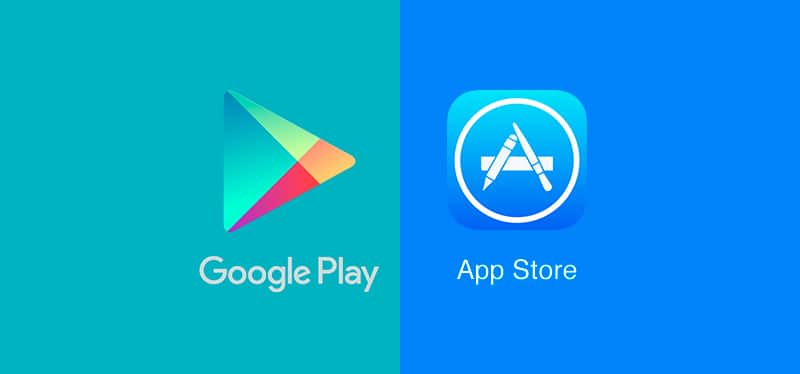The Google Play Store and App Store are the two major stores for discovering and downloading our favorite applications. Both stores offer a huge array of applications, some of which are free to use, and others that require payment to be downloaded and used. Despite their obvious similarities, there are some key differences between Google Play and the App Store. Let us look at some of them below.
Categorization
The idea behind the categorization is so that apps can be grouped together with similar apps, making them easy to find for users. This is seen in both stores.
On the Google Play Store, you can search for apps using categories, just as you would on the App Store, accessing one category at a time. However, tags have been introduced on the Google Play Store and you can use up to five tags at a time. This is a brilliant feature by Google, as it helps users narrow down their search to accurately find what they’re looking for in-store.

One of the main differences between the Google Play Store and the App Store is that you can assign your app a primary and secondary category on the App Store. The primary category is the category in which the app appears on the App Store, which is important for its discoverability.
Security
Whether it’s the strong passwords and the third-factor authentication method we use for our social media accounts, the third-party online payment processors we use at online casinos like Platincasino UK to safely deposit and withdraw money into our accounts, or the antivirus software we install on our computers, security is something we always have in mind when using electronic devices.
Just like the examples listed above, security is also a key factor when downloading and installing applications. Apps listed on the Google Play Store are not as vigorously checked before they are made available to the public as the apps listed on the App Store. Sometimes, this is why some people may lean towards purchasing Apple products instead of others in the market.
There are strict standards to be met when submitting an app to the App Store and there is a quality control process that developers must follow for their app to be accepted. There are fewer requirements during the Google Play Store submission process and new apps can be made available within just a few hours. In a way, this is brilliant for developers who want to launch their app in little time.
Revenue
In terms of which store is generating the most revenue, looking at the statistics for the first quarter of 2022, the App Store is leading the way. In fact, revenue is a key difference between the Google Play Store and App Store. Figures for the first quarter of 2022 show the Google Play Store generated $10.7 billion in app spending whereas the App Store generated $21.8 billion. So, in the first quarter of 2022, the App Store generated over double the amount of revenue as the Google Play Store, which is a significant statistic.

Developer Friendly
The Google Play Store has long had a reputation for being more developer-friendly than the App Store. The main reason for this is that the App Store is more selective when choosing the apps to make available to Apple users. This means the apps in the App Store may be more polished overall. However, this may be off-putting for those who are spending a significant amount of time and money developing an app for Apple users, as they would want a guarantee that their app will be published in the store. On the other hand, you are less likely to have your app denied for inclusion on the Google Play Store.
Quality
When it comes to overall quality, many people believe the App Store has the edge. As highlighted above, it takes longer to have an app accepted by the App Store as the process is longer compared to the Google Play Store. This means that for apps to make it to the App Store, they must be of high quality. This does not mean you won’t find any high-quality apps on the Google Play Store. Actually, you will find plenty of high-quality apps on the Google Play Store, some of which are even identical to those on the Google Play Store. However, you are likely to come across more buggy and lower-quality apps on the Google Play Store.